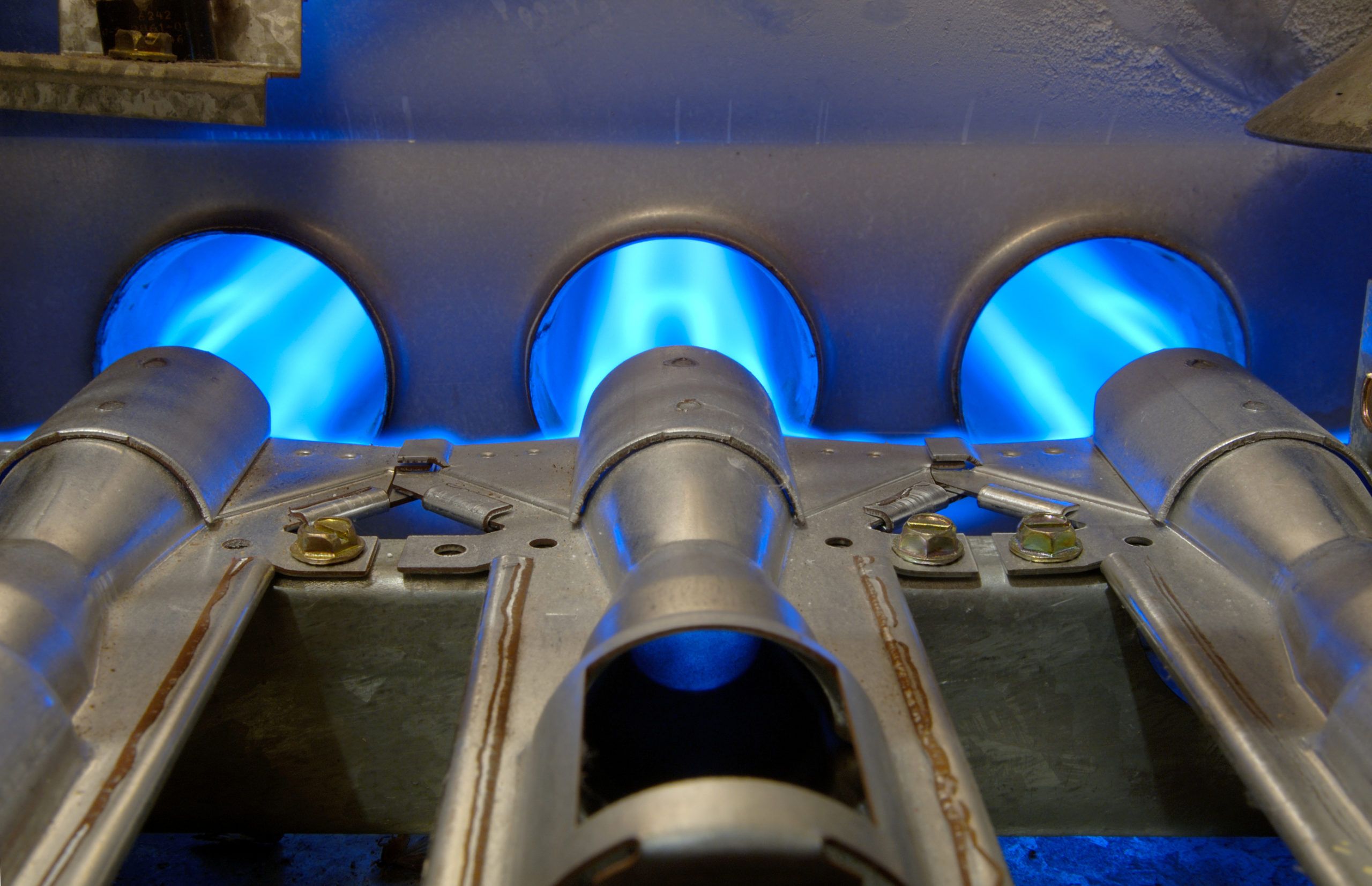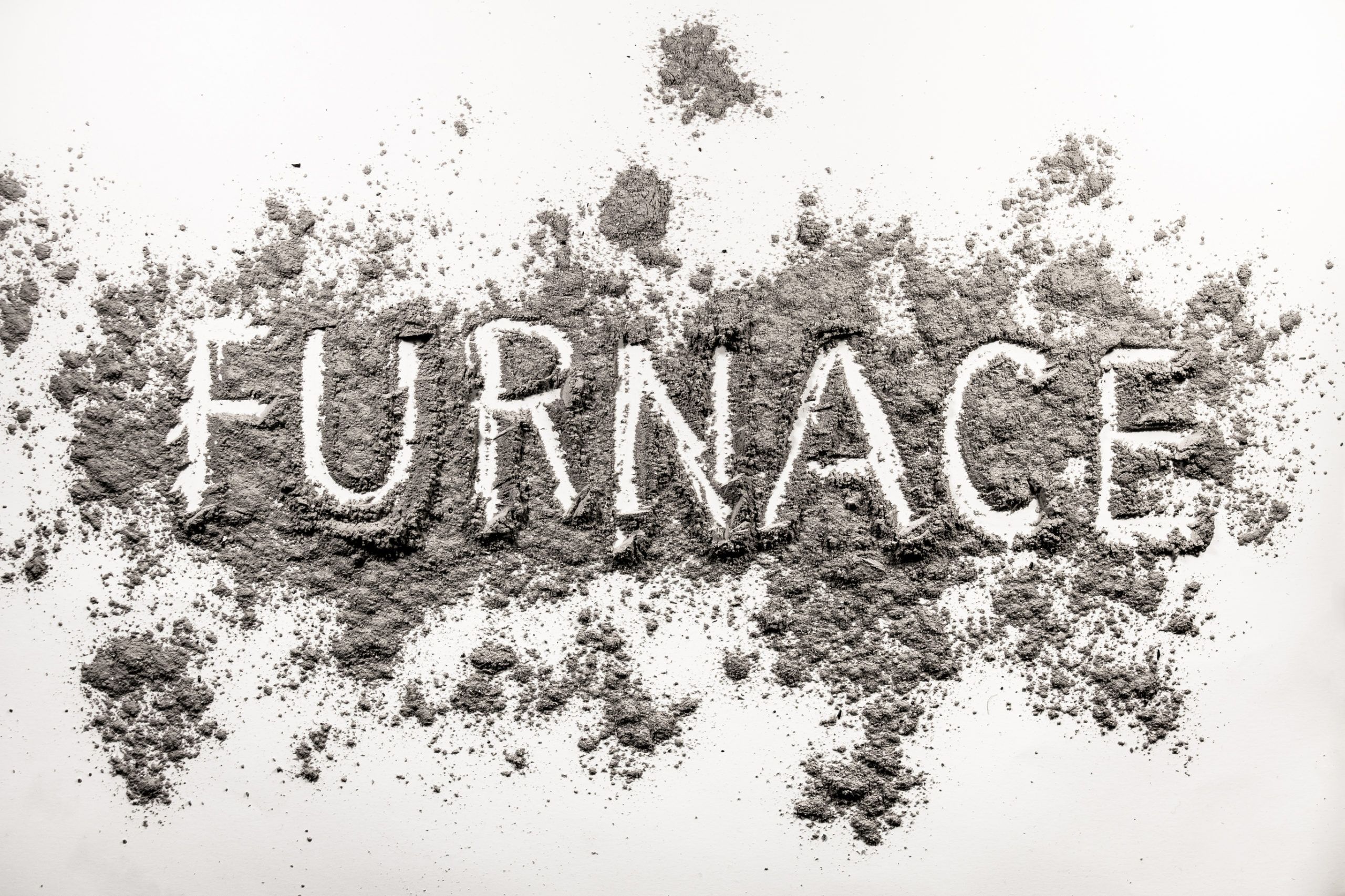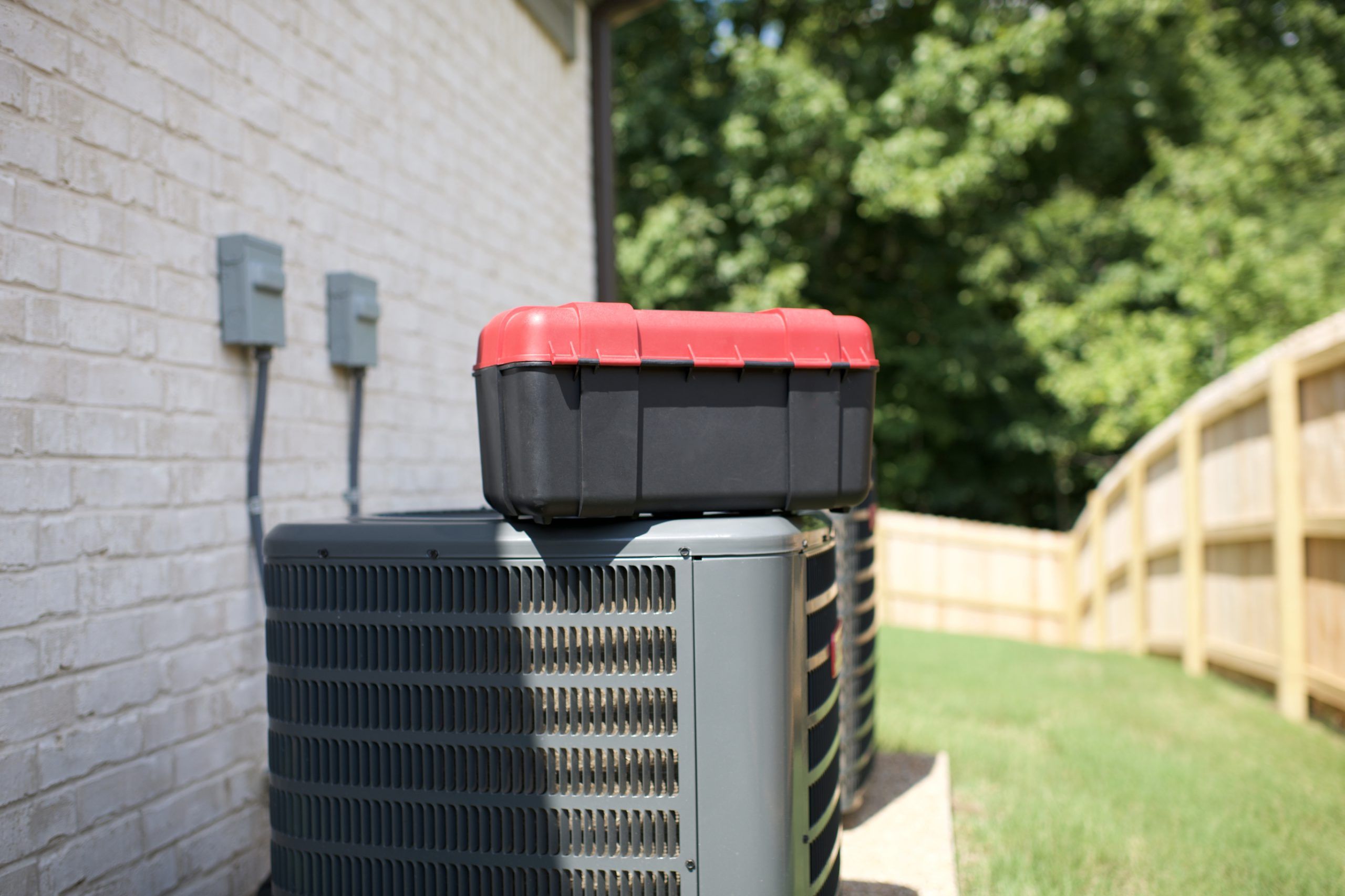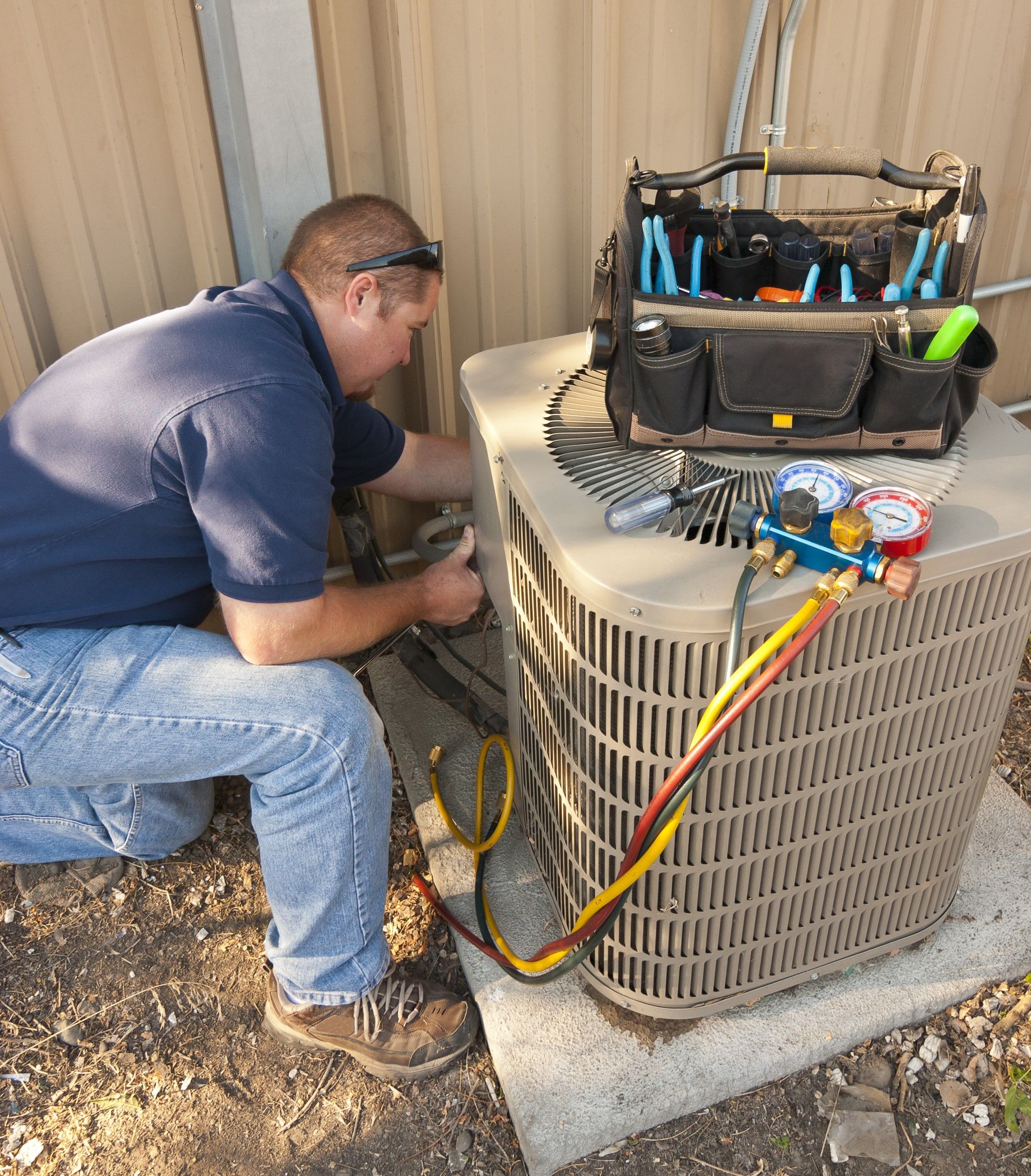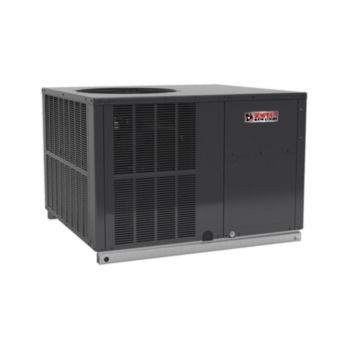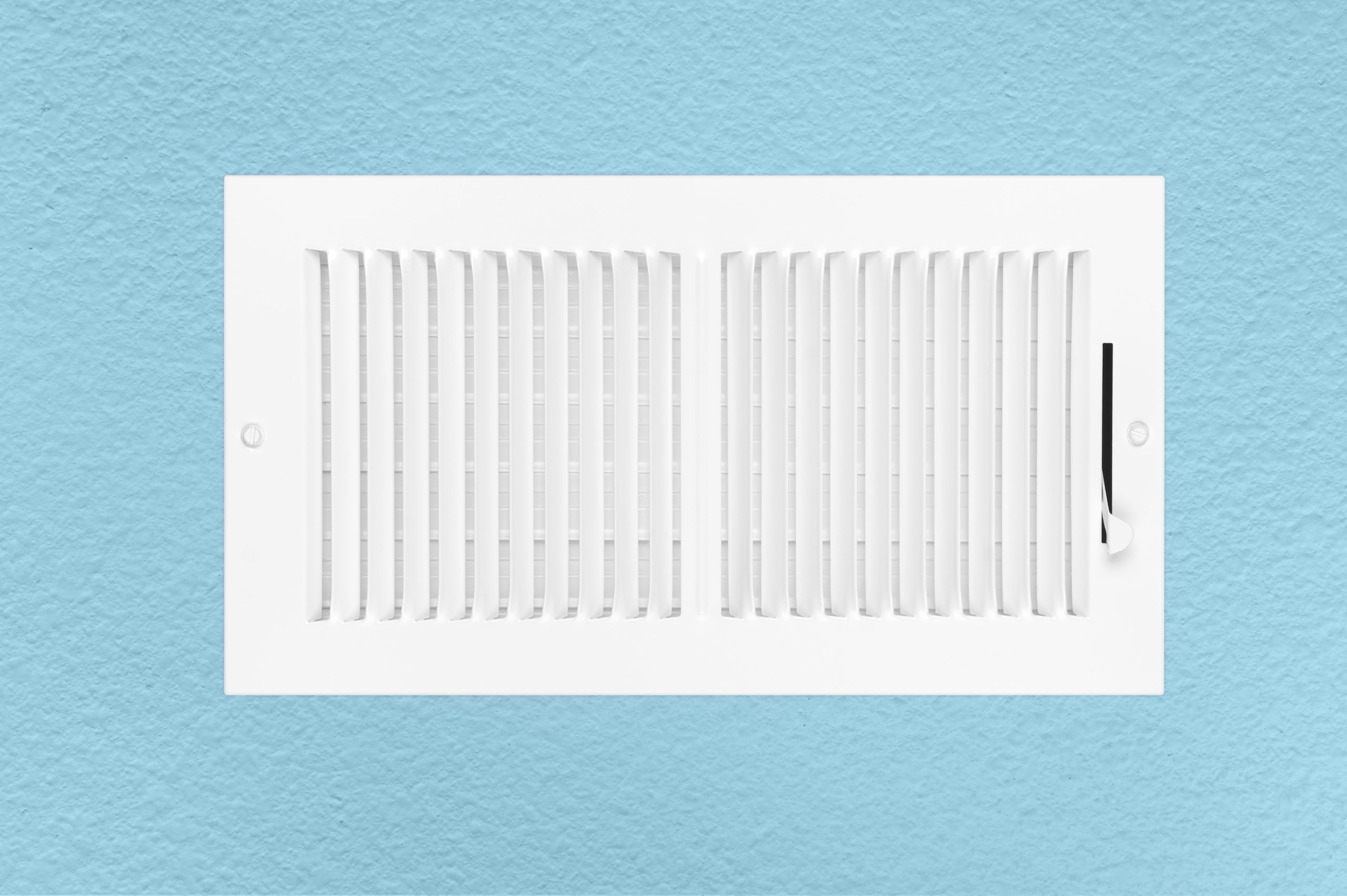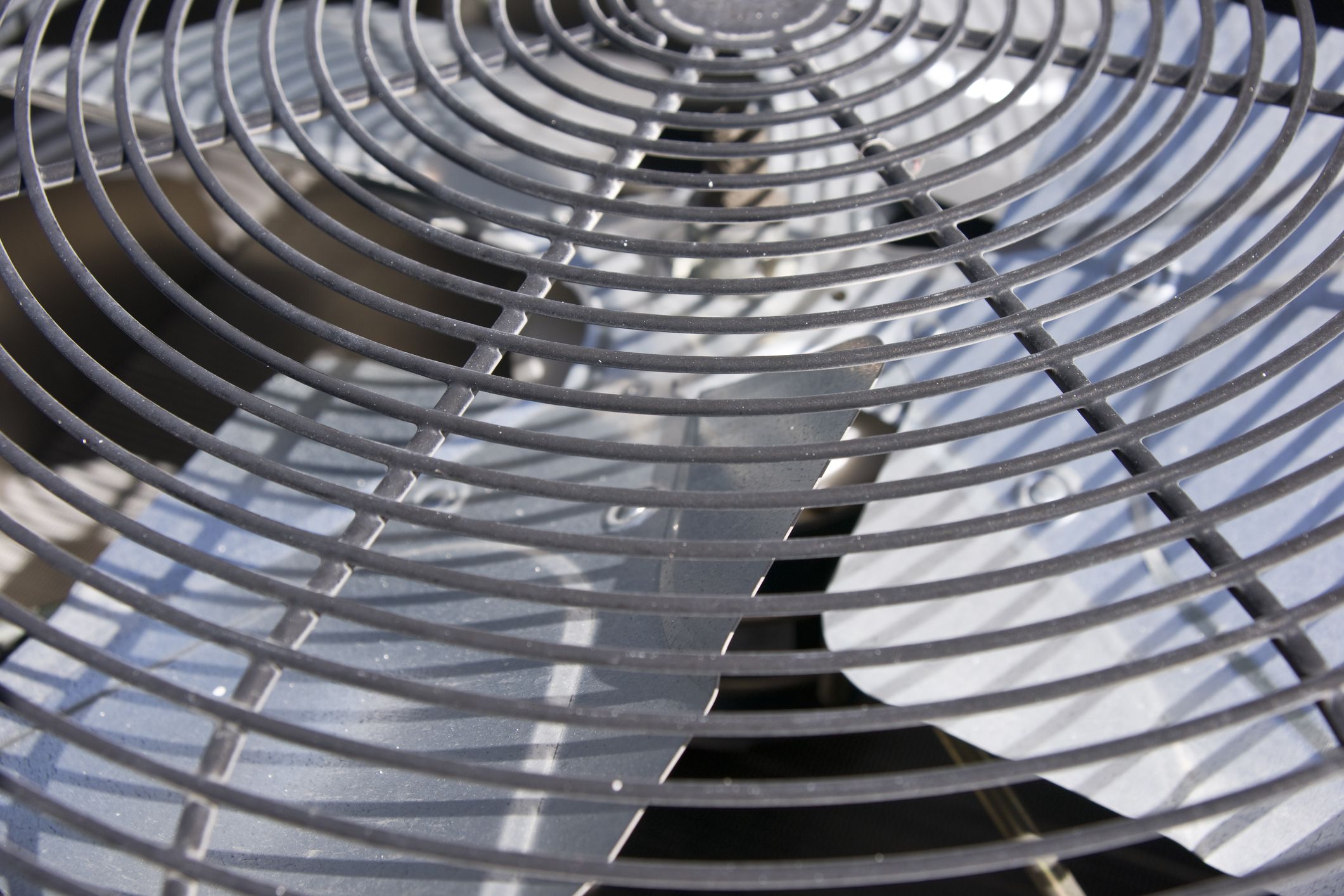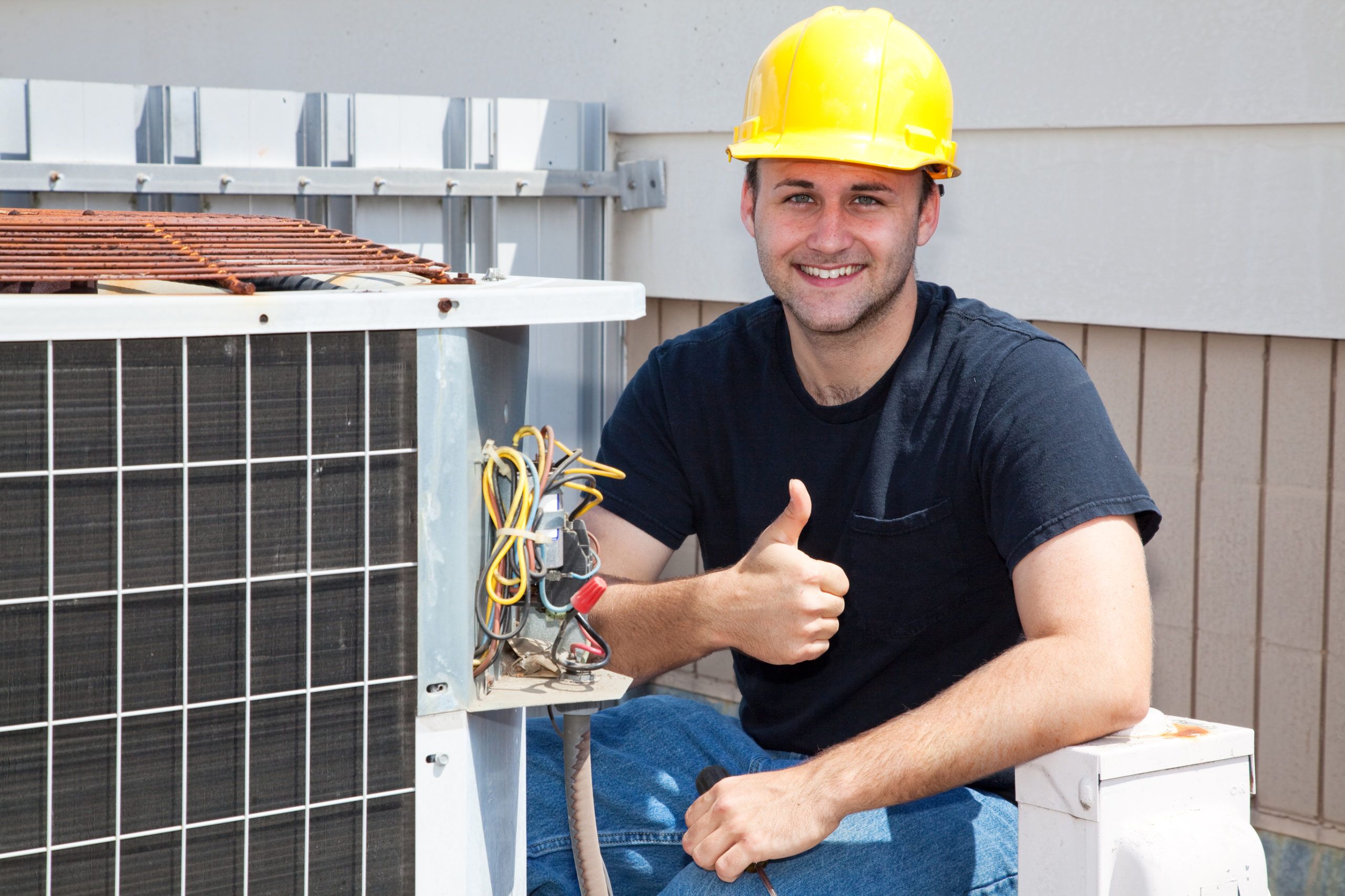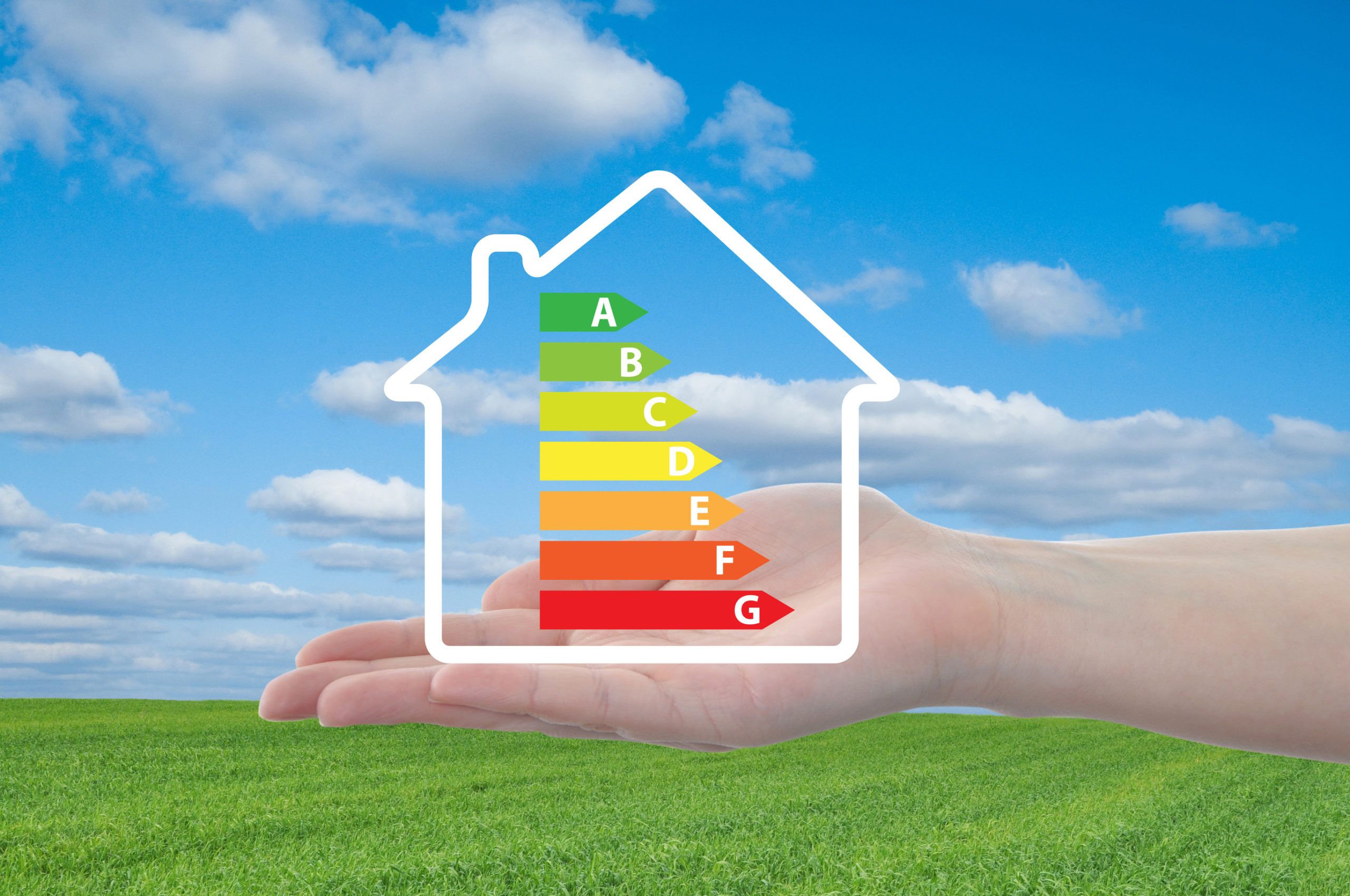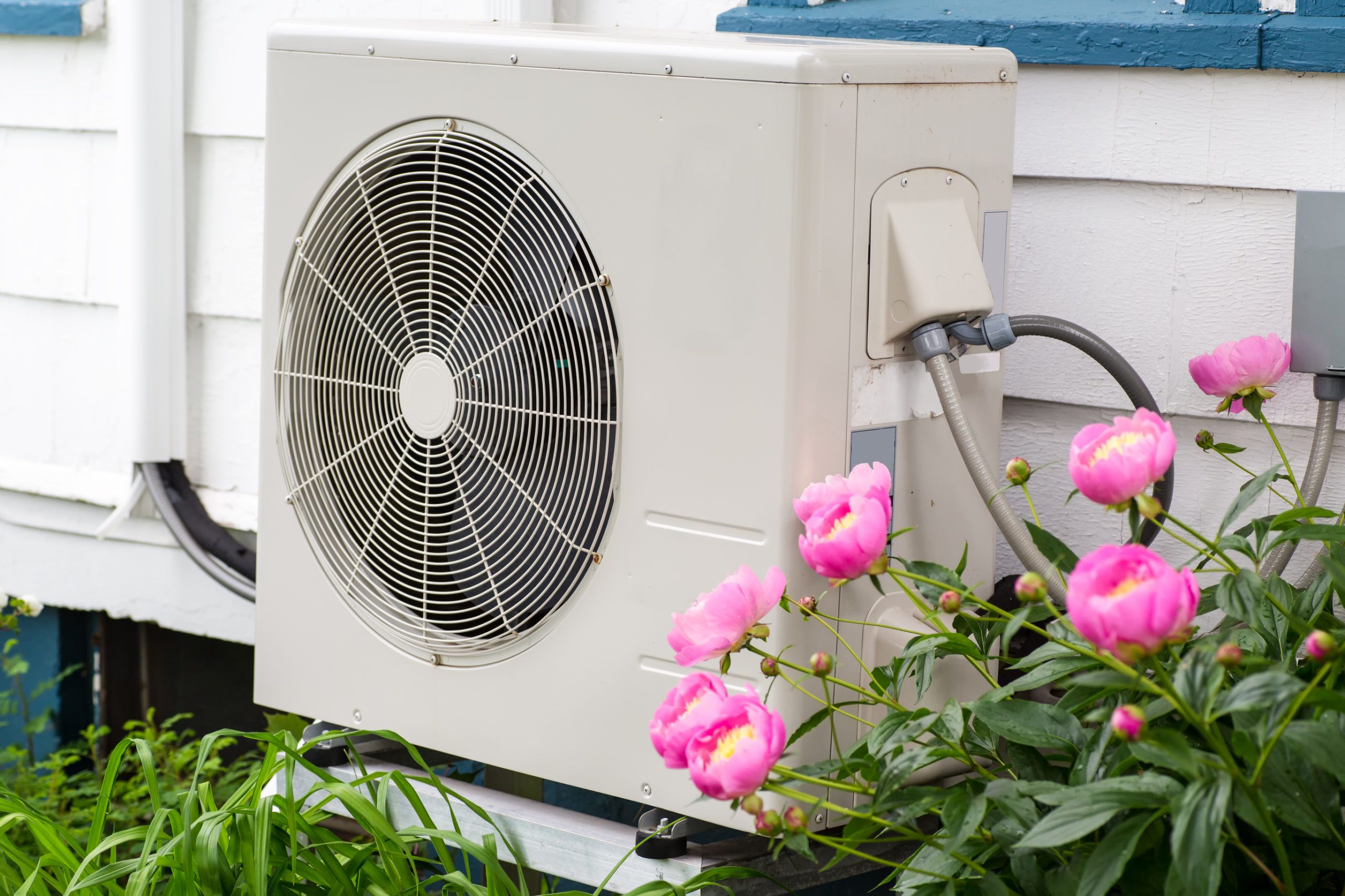Capacitor Confusion
What is a capacitor? What does it do? Why does it need to be replaced? Can I replace it myself? Questions, questions, and more questions. The HVAC experts at Semper Fi Heating & Cooling answer them all, and they can solve your capacitor problems.
What Is a Capacitor and What Does It Do?
A capacitor is something like a battery or power bank. It stores electrical energy until needed. When the capacitor is working properly, it gives the electrical motors in your heating and air conditioning system a jump start to get the motor turning, then drops off and allows the motor to run at low power as long as needed.
Without a capacitor, the electric motors would require inefficient high amperage until they overheat and stop entirely. When the capacitor is weak but still working, it takes longer for it to get the motor turning properly and wastes energy. Home electrical systems provide single-phase alternating current (AC) throughout homes, including to the HVAC system. The capacitor boosts the single-phase electrical current to perform like poly-phase current to get electrical motors turning almost instantly.
When and Why Does a Capacitor Need to Be Replaced?
Like most electrical and mechanical equipment, capacitors can fail over time, some sooner than others. If your heat exchanger is located in a room with bright sunlight, the capacitor may be damaged by the heat which could lead to early failure. If your capacitor has been replaced by one that is not properly sized or set for the wrong voltage, it is likely to fail.
Capacitors need to be replaced when they show signs of starting to fail. If they are allowed to completely fail, there is a strong probability that additional, more expensive system damage can occur. To test a capacitor, turn up the thermostat and stand next to the furnace to listen for the motor to start. If you hear a humming sound before the motor starts, that is probably an indication of a partially failing capacitor. If the motor does not start at all, that is a good indication that the capacitor has failed. A regular service check by professional technicians will identify the early signs of possible capacitor failure.
Can I Replace a Capacitor Myself?
Anyone can buy a new capacitor and replace the one on an HVAC air circulation blower. But it is dangerous and not as easy as it sounds. It isn’t like replacing the battery in a remote control, or even a battery in a car. We strongly recommend that you don’t try changing it yourself. There are many types of capacitors for different types of heating and cooling systems. Putting in the wrong capacitor can cause serious damage to a system. Most importantly, the partially or completely failed capacitor that you remove still holds a strong charge that can cause serious injury or start a fire.
Call Semper Fi Heating & Cooling
For more information about capacitor problems, annual preventative maintenance programs, or other heating and cooling problems, call the expert technicians at Semper Fi Heating & Cooling at 480-616-3636.
